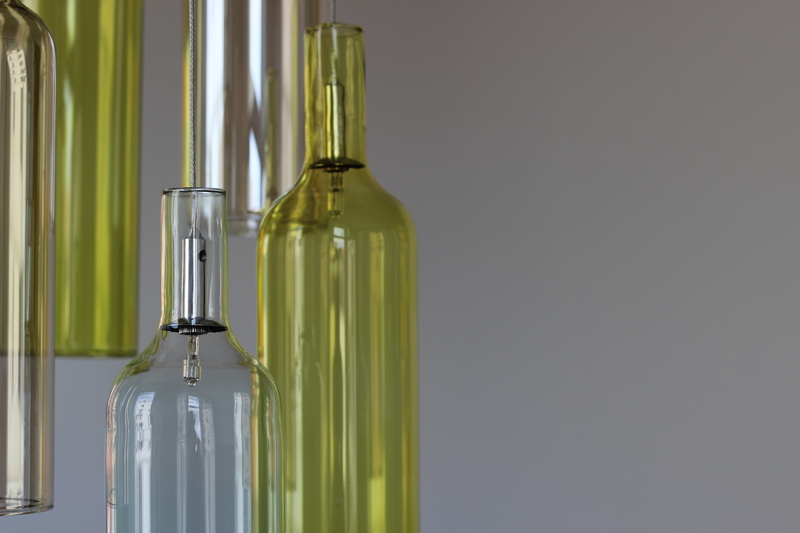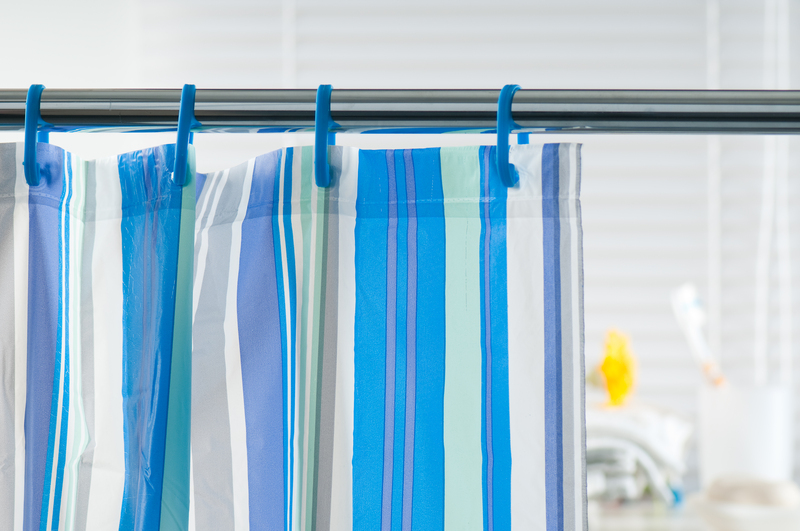Transform Junk into Eye-Catching Artworks Using Innovative Upcycling Techniques
In today's world, environmental sustainability and artistic creativity are intersecting in powerful ways. One remarkable result is the increasing popularity of upcycling junk into eye-catching artworks. With the right blend of imagination and technique, everyday waste or discarded objects can be transformed into stunning pieces of art. This comprehensive guide will introduce you to innovative upcycling techniques and inspire you to turn trash into treasure, fostering both creativity and environmental mindfulness.
What is Upcycling Art? Understanding the Basics
Upcycling art consists of repurposing discarded materials or "junk" to create new, often artistic, items that exceed the original value of the raw materials. Unlike recycling, which breaks materials down, upcycling enhances their worth through creativity. Upcycling for artworks limits waste and encourages sustainable practices in the art world and beyond.
Benefits of Upcycling Junk into Artworks
- Environmental Impact: Reduces landfill waste and conserves resources.
- Cost-Effective: Utilizes readily available and inexpensive materials.
- Unique Artistic Expression: Each upcycled artwork is one-of-a-kind.
- Educational Value: Teaches resourcefulness and environmental stewardship.
- Community Engagement: Upcycling projects often bring communities together for a common cause.

Innovative Upcycling Techniques to Transform Junk into Eye-Catching Artworks
Learning how to transform junk into art involves thinking outside the box. Here are some innovative upcycling techniques used by professional and amateur artists worldwide:
1. Collage and Assemblage
Combine various scraps--magazines, newspapers, plastic, metal, and wood--to craft layered artworks. Assemblage art takes collage into three dimensions, arranging objects to create textured, eye-catching pieces.
- Experiment with color contrasts and textures
- Use adhesives suitable for different materials
- Try shadowboxes for depth
2. Sculpting with Scrap Metal or Wood
Transform metal scraps, bolts, and wood offcuts into striking sculptures. Use welding, gluing, or screwing techniques to bind disparate parts together. Sculptures can range from abstract forms to realistic representations.
- Sand wooden parts for a polished look
- Paint or varnish for added visual appeal
- Combine metals for varying patinas and shine
3. Mosaic Art Using Broken Ceramics and Glass
Mosaics use small pieces of broken tiles, glass, or ceramics to form intricate patterns or pictures. This time-honored technique is ideal for upcycling since much of our junk--old dishes, bottles, and tiles--is perfect for mosaics.
- Plan your design on paper first
- Use tile adhesive and grout for durability
- Mix colors and shapes for vibrant effects
4. Textile Art from Clothing and Fabric Scraps
Clothing and textile waste can be given a second life as tapestries, quilts, and textile sculpture. Patches from worn-out jeans, t-shirts, or old curtains can come together to form vibrant wall hangings or soft furnishings.
- Sew or glue fabrics in overlapping patterns
- Experiment with embroidery or embellishments
- Repurpose buttons and zippers for added texture
5. Functional Art: Upcycled Furniture and Home Decor
Transform everyday junk into functional masterpieces. Old pallets become coffee tables, tires become ottomans, and glass bottles turn into stylish light fixtures. This approach yields art you can use daily.
- Sand and paint old wood for a rugged chic look
- Use decoupage to add artistic details
- Combine different materials for a unique twist
Step-by-Step: Creating Your Own Upcycled Art from Junk
Ready to turn junk into artwork at home? Follow these steps for a successful upcycling project:
Step 1: Gather Your Materials
- Scour your home, garage, or local thrift stores for likely candidates: metal scraps, broken items, plastic bottles, paper, wood, or fabric remnants.
- Tip: Think about safety--some materials may need cleaning or sanding before use.
Step 2: Brainstorm Ideas and Sketch Designs
- What inspires you: a specific color, style, or message?
- Make quick sketches or create mood boards to help visualize your project.
Step 3: Prepare Your Work Space
- Organize your materials and tools for easy access.
- Make sure your workspace is well-ventilated, especially if working with adhesives, paints, or solvents.
Step 4: Assemble and Create
- Start assembling your pieces according to your sketch, being mindful of balance and proportion.
- Experiment with arrangements before permanently attaching components.
- Use suitable adhesives, nails, screws, or welding tools, depending on materials.
Step 5: Add the Artistic Finishing Touches
- Paint, varnish, or polish for visual appeal and durability.
- Add embellishments like beads, threads, or mirrors as needed.
- Sign your work and consider giving it a descriptive title!
Step 6: Display or Gift Your Upcycled Artwork
- Choose a location where your piece will shine--indoors or outdoors, depending on durability.
- Alternatively, consider gifting or even selling your upcycled masterpiece to spread the message of sustainability.
Inspiring Examples: Artists Who Turned Junk into Jaw-Dropping Artworks
Many celebrated artists have embraced innovative upcycling to create art from junk. Here are a few examples sure to ignite your creative spark:
- Vik Muniz: Known for creating astonishing portraits using garbage, highlighting both the beauty and tragedy of our wasteful society.
- Jane Perkins: Uses buttons, beads, and bits of plastic to re-create famous works of art, giving them a colorful, textured twist.
- Subodh Gupta: Repurposes kitchenware and appliances to create large-scale installations, reflecting on consumer culture in India.
- Michelle Reader: Builds lifelike sculptures from household waste, emphasizing the stories objects carry and the lives they touch.
By studying their works, you'll discover just how far upcycling techniques can transform ordinary junk into extraordinary artworks.
Pro Tips for Transforming Junk into Eye-Catching Artworks
- Keep an Open Mind: Anything can be art if viewed creatively!
- Mix Mediums: Don't limit yourself to a single type of material; combining glass, metal, plastic, and fabric yields dynamic results.
- Start Small: Begin with a simple project, like a picture frame or decorative bowl, as you develop your artistry and confidence.
- Stay Safe: Wear gloves and masks when necessary, especially with sharp, rusty, or chemical-laden materials.
- Document Your Process: Take photos of each stage--you might inspire someone else or want to revisit your steps later!
Upcycling Art for Kids and Classrooms
Upcycling junk into art is a fantastic way for children to develop creativity, fine motor skills, and ecological awareness. Teachers and parents can guide kids through safe, simple projects, such as:
- Egg carton animals
- Plastic bottle planters
- Magazine collages
- Tinfoil sculptures
Not only do these activities foster a sense of accomplishment, but they also reinforce the value of reusing and recycling, preparing future generations for a more sustainable world.
Sharing Your Upcycled Art: Selling and Exhibiting Your Work
Upcycled artworks are gaining traction in galleries, markets, and online. Here's how to take your innovative upcycling art public:
- Social Media: Platforms like Instagram and Pinterest are perfect for sharing images and progress videos.
- Art Fairs: Many communities host fairs focusing on eco-art or handmade goods.
- Online Marketplaces: Websites such as Etsy and eBay allow you to sell globally.
- Local Exhibits: Approach local galleries, coffee shops, or libraries for exhibit space.
Make sure to highlight the story behind your materials--buyers love objects with history and purpose.

The Ecological Impact: Why Upcycling Junk into Art Matters
Every time you transform junk into eye-catching artworks, you're contributing to a cleaner planet. By upcycling:
- You reduce the need for raw materials, easing the burden on landfills and natural resources.
- You encourage others to rethink their relationship with consumption and waste.
- You actively participate in the circular economy, where nothing is truly discarded.
Art is not just about beauty; it's about making a statement. In the case of upcycling, that statement is both aesthetic and ethical.
Final Thoughts: Your Turn to Create Art from the Unexpected
With a bit of imagination and the right upcycling techniques, transforming everyday junk into impressive art is within anyone's reach. Whether you're motivated by environmental concerns or a passion for unique, statement-making decor, the satisfaction of crafting something beautiful from waste is unparalleled. Dare to look at discarded materials as opportunities, not eyesores--and soon, you too will turn junk into artworks that dazzle and inspire.
If you're ready to give upcycling a try, gather your materials, unleash your creativity, and join the movement that merges art and environmental action. The world awaits your masterpiece!